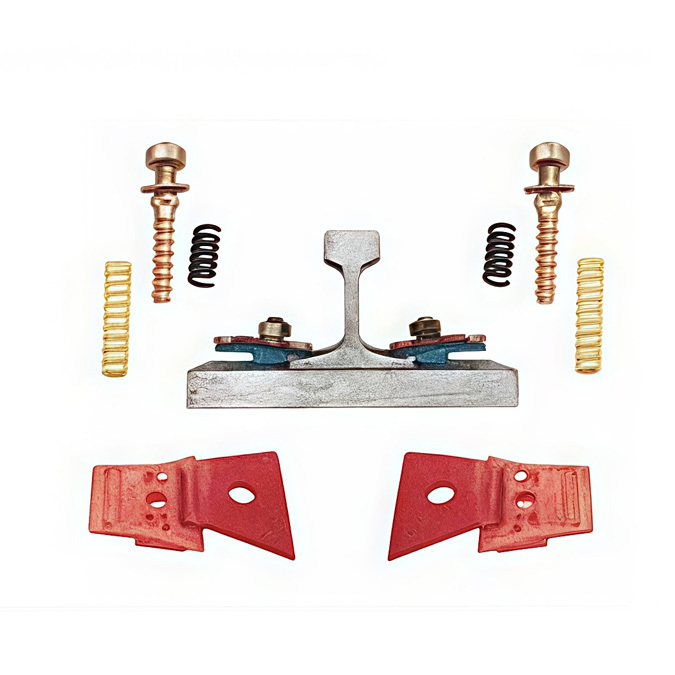Understanding Rail Fastening Systems: The Backbone of Rail Transportation
May 11,2025
Rail fastening systems are critical components of rail transportation that play a crucial role in securing the rails to the sleepers (or ties) and maintaining track integrity. These systems ensure that the rails remain properly aligned and anchored, which is vital for the safe and efficient operation of trains. As transportation systems worldwide continue to evolve, understanding the mechanics, ty

At their core, rail fastening systems consist of a series of components designed to hold the rails in place while allowing for adequate movement due to thermal expansion and contraction. The primary elements of a rail fastening system typically include clips, anchors, pads, and bolts. These components work together to provide stability under dynamic loads produced by passing trains.
There are various types of rail fastening systems designed to suit different track types and operational requirements. For instance, elastic fastening systems are commonly used for their ability to absorb vibrations and reduce noise, making them ideal for urban transit applications. In contrast, rigid fastening systems are often employed in heavy-haul freight operations where the primary focus is on maximizing load-bearing capacity.
One of the key advantages of modern rail fastening systems is their ability to enhance the lifespan of both the rail and the underlying infrastructure. By distributing the loads more evenly and accommodating minor movements, these systems help to minimize wear and tear on the rail surfaces and reduce the frequency of maintenance interventions. This not only prolongs the life of the rail components but also lowers overall operational costs.
Furthermore, advancements in materials technology have led to the development of more durable and corrosion-resistant fastening components. This is particularly important for rail systems operating in harsh environments where exposure to moisture and various weather conditions can lead to rapid degradation of standard materials. Innovations such as composite materials and advanced coatings are now being employed to enhance the longevity and reliability of rail fastening systems.
In conclusion, rail fastening systems are integral to the success and safety of rail transportation. By understanding the various types and benefits of these systems, professionals in the rail industry can make informed decisions that will enhance the performance and reliability of their railway infrastructure. As the rail sector continues to innovate and grow, staying abreast of developments in rail fastening technology will be essential for maintaining efficient and safe transportation networks.
Recommended
There is one sheet production line and two high-precision engraving machines, with an annual production capacity of 6 million railway special height adjustment pads.
Electrostatic spraying workshop
There is one electrostatic spray equipment production line and one spray paint production line, with an annual production capacity of 10,000 tons.
Contact Us


